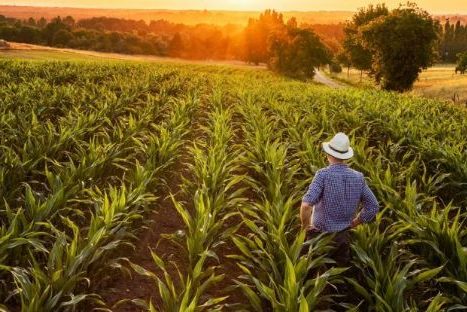 It is becoming harder and harder for farms to remain profitable in today`s economy. Almost half of all of the farms operating within the United States report negative income each year. Much of this is attributed to households that operate smaller farms, as they struggle to remain profitable in the midst of a tech-driven society with fancy, expensive equipment helping large farms succeed. Rising costs in livestock, fuel, farm services, and even labor are also making it harder to get the profit they need to operate.
It is becoming harder and harder for farms to remain profitable in today`s economy. Almost half of all of the farms operating within the United States report negative income each year. Much of this is attributed to households that operate smaller farms, as they struggle to remain profitable in the midst of a tech-driven society with fancy, expensive equipment helping large farms succeed. Rising costs in livestock, fuel, farm services, and even labor are also making it harder to get the profit they need to operate.
The Labor Numbers
During the year 2016, the typical American farmer spends an average of $16,600 on labor. Only a year later, that average increase of about $1200. If a farm is in the right location, cheap labor is usually acquired through the h2a work visa program, but even paying for a large number of temporary workers can be a significant drain on a small farming budget.
Farm Expenses
In addition to the labor costs increasing, farms area also experiencing a rise in livestock costs. Jumping about $1000 a year, farmers who deal in poultry and livestock have watched their rates rise for the care and maintenance of the animals. A new market looking for organic products is also impacting the costs of production. Fuel costs are rising, making it more expensive to run the tractor, combine, or hay baler. The latest report in 2018 found that farmers across the country spent a total of $12 billion in fuel costs. Diesel accounted for almost 64% of those costs. Gasoline rose about 4.8% from the year before to about $2.2 billion, and LP gas made up the rest with about $1.4 billion.
Costs will continue to increase for farms across the country, especially in areas of fuel because of the fluctuating crude oil prices and strong gasoline demand. Labor costs will also continue to be a concern as climbing wages are threatening to eat even more profit. The best way for a farm to survive is to proactively look for ways to cut expenses.
